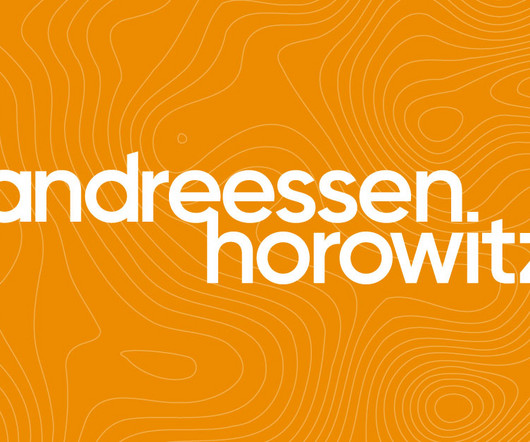Want to Know How VC’s Calculate Valuation Differently from Founders?
Both Sides of the Table
JULY 22, 2010
Back in 1999 when I first raised venture capital I had zero knowledge of what a fair term sheet looked like or how to value my company. I told them that True Ventures had stuck to their brand name and submitted a totally clean term sheet. It was accept the terms or go into bankruptcy so we took the money. No gotchas. This is a shame.












Let's personalize your content